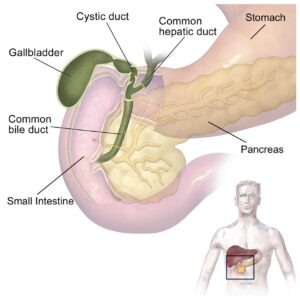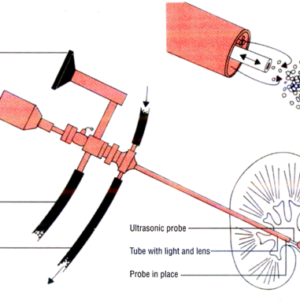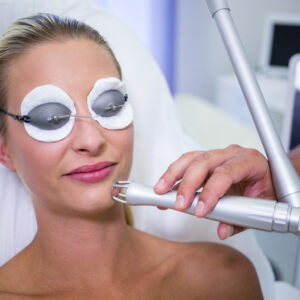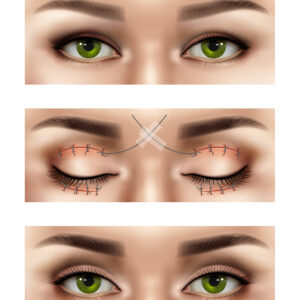Description
Familiarity with treatment
Pediatric clubfoot correction involves the treatment of a congenital foot deformity known as clubfoot, where the child’s foot is twisted out of shape or position. Treatment typically involves a series of corrective measures, including nonsurgical methods such as the Ponseti method, as well as surgical intervention in more severe or resistant cases.
Procedure
Surgical correction of clubfoot typically involves a release of the abnormal soft tissues and joint structures to allow for proper realignment of the foot. This may include tendon lengthening, joint releases, and corrective osteotomies to reposition the foot. Following the release, the foot is placed in a cast to maintain the corrected position.
Who is it suitable for?
Pediatric clubfoot correction is suitable for children who have:
- Clubfoot that does not respond adequately to non-surgical methods such as the Ponseti method
- Severe or rigid clubfoot deformities that significantly impact the child’s ability to walk and participate in normal activities
- Recurrent clubfoot deformities that have not been effectively managed with previous treatments
Who is it not suitable for?
Pediatric clubfoot correction may not be suitable for children who:
- Have mild clubfoot deformities that can be effectively managed with non-surgical methods
- Have medical conditions that pose a high risk for surgery and recovery
- Have severe neurologic or muscular conditions that impact foot function and are not amenable to surgical correction
Advantages
- Correction of the clubfoot deformity, allowing for improved foot function and mobility
- Potential for improved gait and weight-bearing ability
- Reduction in the need for ongoing bracing or supportive devices in some cases
Complications
Complications associated with pediatric clubfoot correction can include:
- Wound healing issues
- Overcorrection or undercorrection of the foot deformity
- Nerve or blood vessel damage
- Potential for recurrence of the clubfoot deformity
Preoperative care
Preoperative care for pediatric clubfoot correction involves comprehensive evaluation, including imaging studies to assess the severity and characteristics of the clubfoot deformity. It also involves optimizing the child’s overall health and addressing any specific medical conditions to prepare for surgery.
Postoperative care
After pediatric clubfoot correction, the child will require close monitoring for wound healing, pain management, and rehabilitation. Physical therapy and exercises are essential to aid in the child’s recovery and to promote foot mobility and strength. Long-term follow-up care is crucial to monitor for any signs of recurrence of the clubfoot deformity and to address any potential complications or issues related to the surgery.






Reviews
There are no reviews yet.